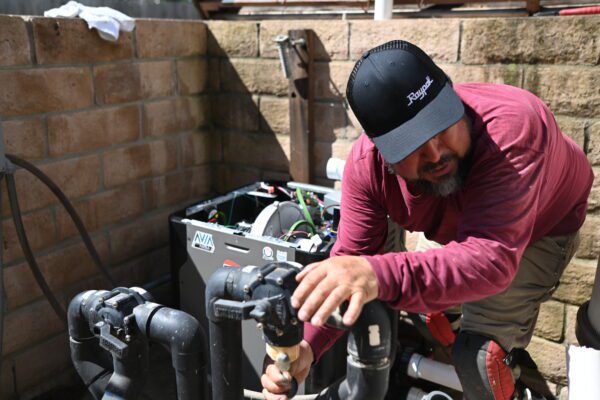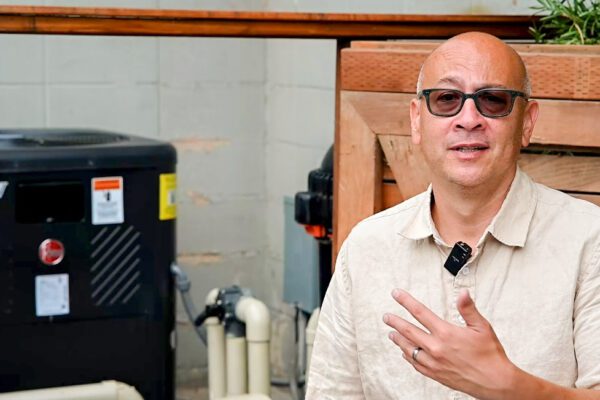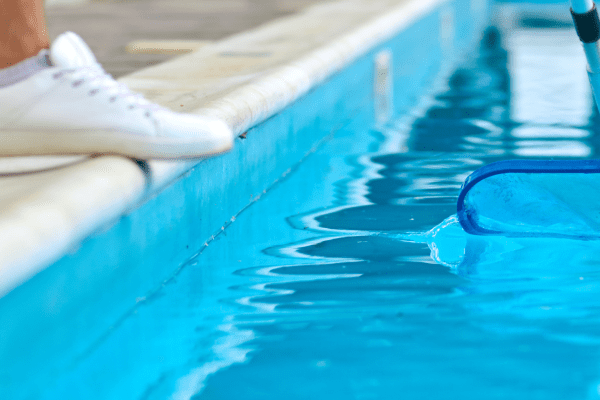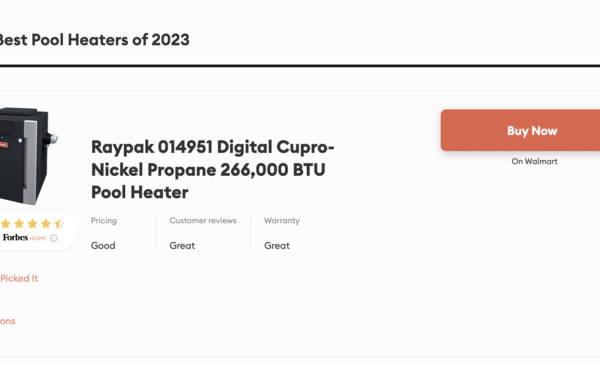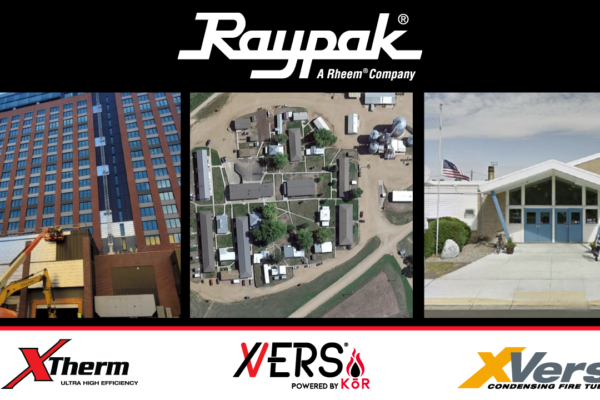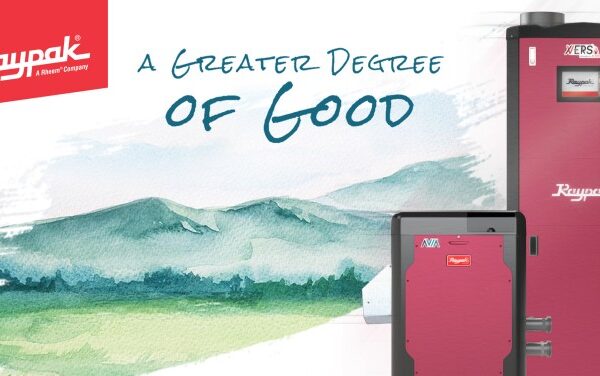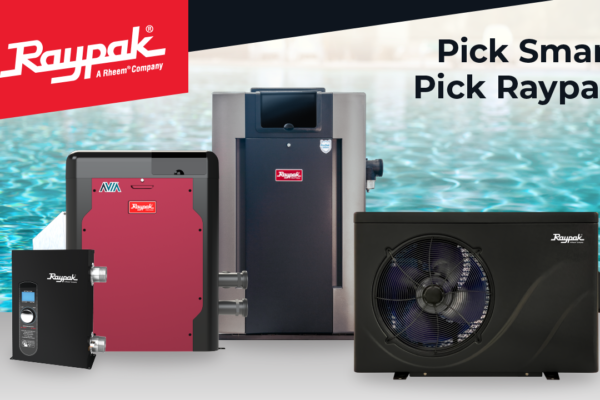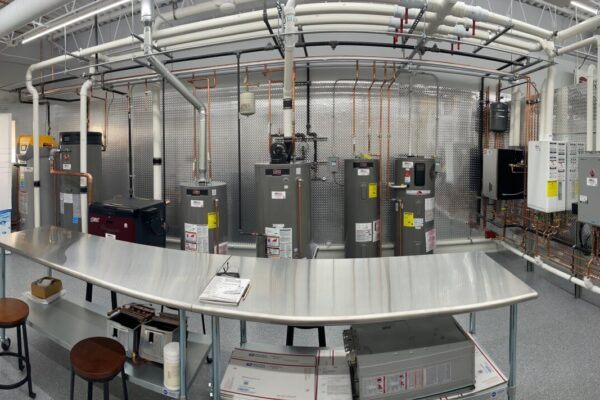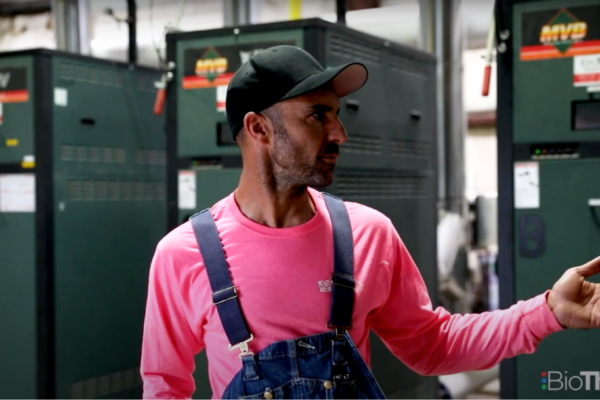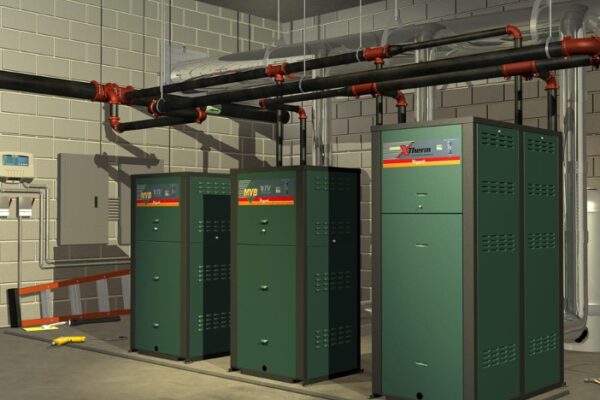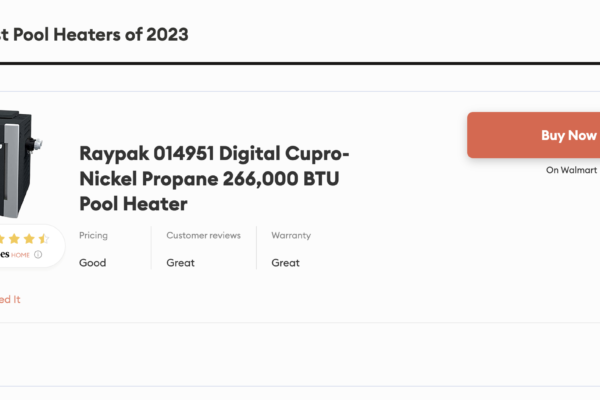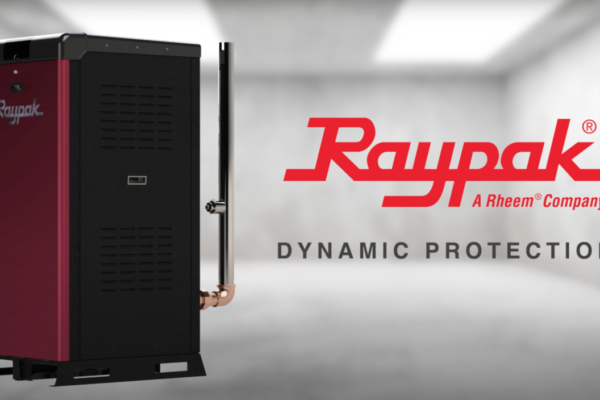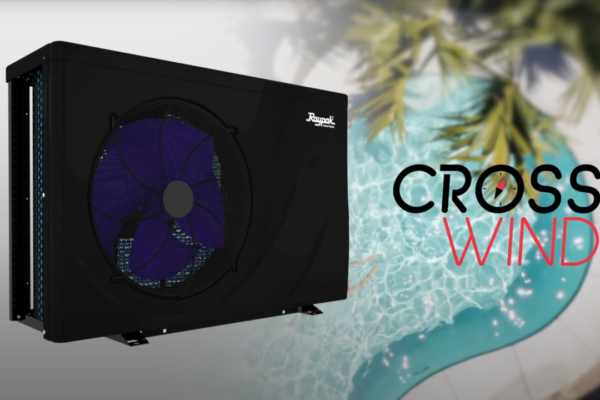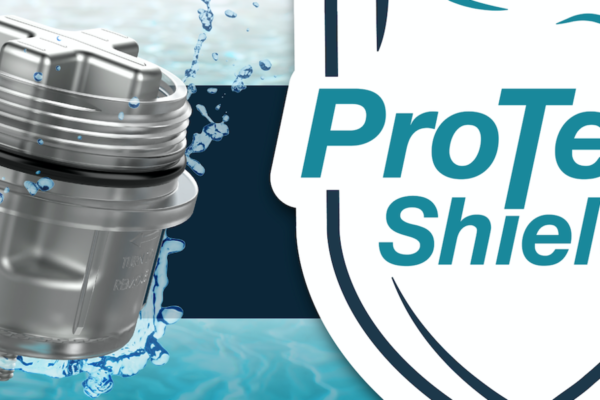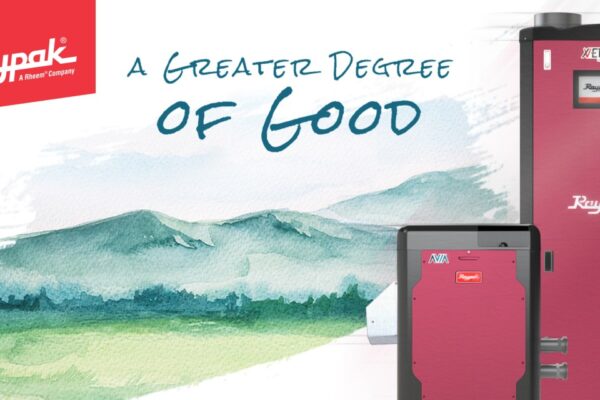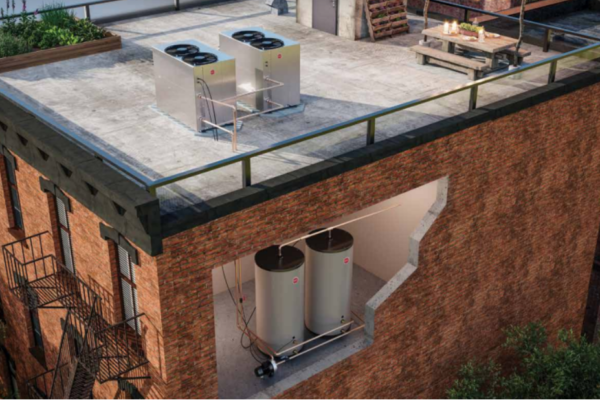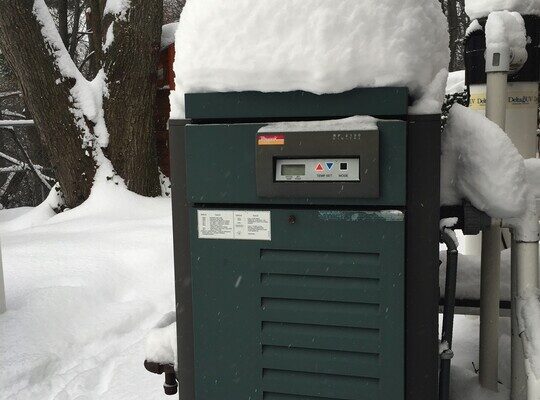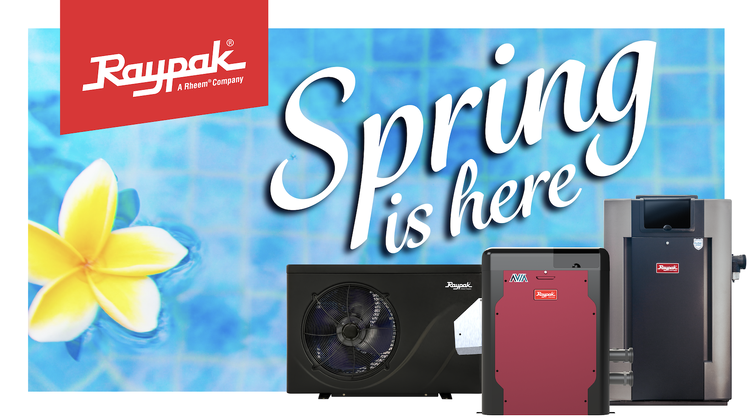
Spring has sprung and as temperatures rise and the snow and ice begins to melt, it is time to ready your pool for the warmer months ahead.
Below are some ways in which you can de-winterize your pool this springtime.
- The first step is to remove debris, dirt, leaves, etc. from the pool cover you placed on your pool prior to winter. Try and get as much as you can off of the cover to avoid any debris getting into the water, which will mean more cleaning and strain on the filters. Before storing the cover, rinse it off and use some soap to remove dirt, mold, or mildew. Let it fully dry before it is time to store it. If the cover took a beating during the winter months, it may be time to invest in a new one.
- Get the water levels correct. If you notice that your pool’s water level is low, use your garden hose to bring it back to normal. Use your wall skimmer as a good indicator — once the water level reaches the skimmer, your pool is filled to the proper height.
- Reconnect any equipment and reset circuits. This includes power to the pool, pumps, and heaters. Reattach filter cartridges or replace the sand in the filter. Use water-based lubricant on all o-rings, remove winterizing plugs, and free the skimmer basket.
- Turn your system back on. Turn your pump, circulation system, and filter on to ensure they’re in proper working condition. Inspect for drips, leaks, or unusual sounds coming from the mechanics of your pool — if you notice any, fix them before you allow your pump to run consistently. If you notice any of your equipment is broken and in need of a replacement, we have numerous options for you to pick from: https://www.raypak.com/
- Before adding any chemicals, vacuum the pool.
- Test chemical balance and adjust as needed. Once the system is running regularly, get the water levels balanced. During the off-season, it’s likely the chemicals in your pool changed. Restore them to balance to keep your water safe. Levels should be: — Chlorine at 1.0 – 3.0 ppm— pH between 7.2 and 7.6— Alkalinity between 80-120 ppm— Calcium hardness between 150-225 ppm
- If your pool is green, you may need to use a chlorine shock process accompanied with a lowering of the pH. Once the algae is dead the pool surfaces need to be brushed to remove the remaining algae, using a clarifier to cause everything to sink to the bottom. A vacuum should suffice at this point.
- Test chlorine and other chemical levels before allowing swimmers to enter.
- Enjoy your beautiful, clean pool and the fun in the sun!








